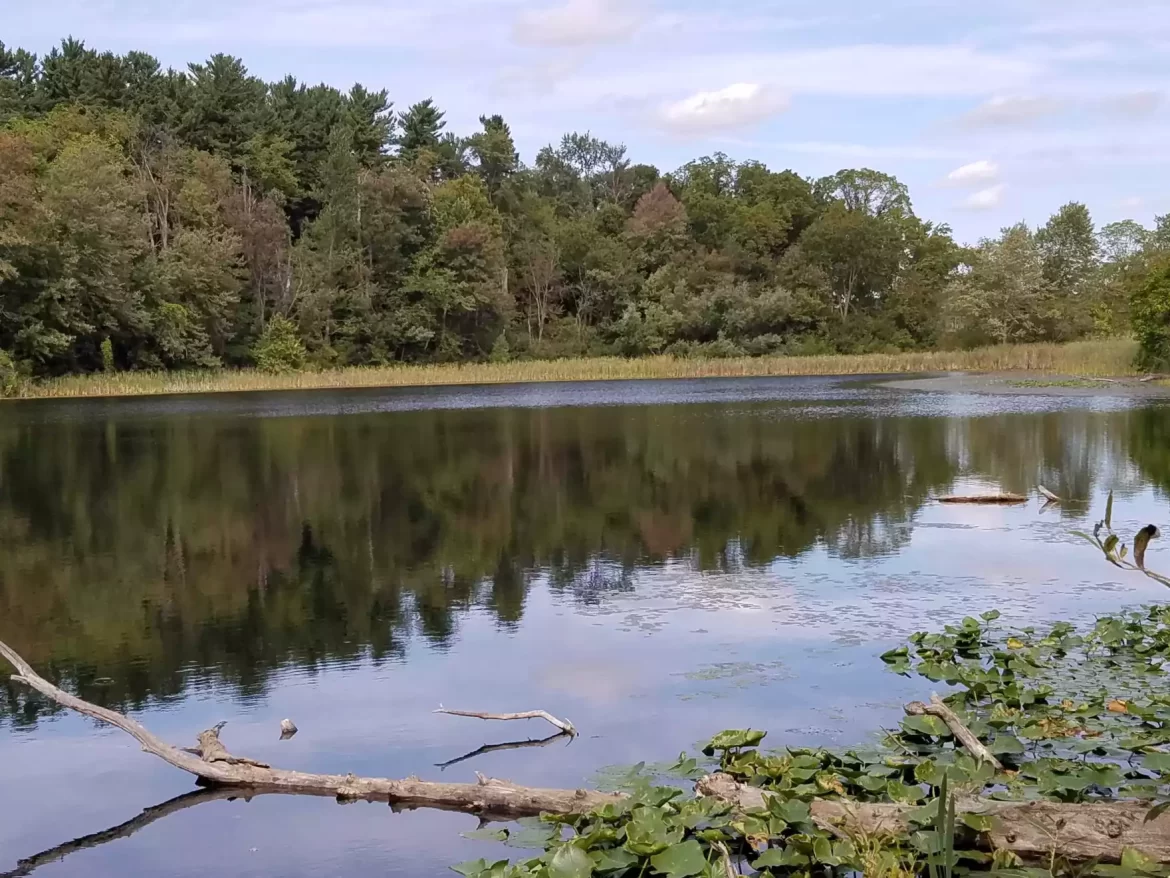By Elinor Epperson

Third Sister Lake, the lake where Dan Bicknell first found contamination in 1984. Image: Roger Rayle
Gelman Sciences LLC manufactured medical filters for decades, but that’s not the public health issue the company is known for.
Dioxane from Gelman’s Scio Township plant leaked into Ann Arbor’s groundwater, creating a plume of contamination more than 4 miles long. That contamination was discovered by a University of Michigan graduate student, Dan Bicknell, who alerted the state environmental regulator on June 26, 1984.
But Gelman had been dumping the chemical since 1966. And 40 years after Bicknell blew the whistle, the plume is larger than ever.
Roger Rayle, the chair of the Coalition for Action on Remediation of Dioxane, said that’s a big reason the plume hasn’t been cleaned up.
“The dioxane had a 20-year head start before it was discovered,” he said. Dioxane is miscible, meaning it mixes and moves with water.
More than 100 residential drinking water wells have been contaminated, and use of groundwater under most of west Ann Arbor is prohibited.
Exposure to dioxane can cause liver problems and cancer, according to the Environmental Protection Agency.
The plume is managed by a legal agreement between Gelman and the state of Michigan. That agreement requires Gelman to treat contaminated water and monitor the plume’s movement through a network of wells.
That has reduced the concentration of dioxane, but not stopped its spread. Low concentrations of dioxane have been found in residential wells over a mile north of the plume’s recorded boundaries.
Advocates disagree over the exact reasons why the plume persists, but generally agree on one thing: Gelman is not doing enough.
Since the plume’s discovery, residents, local officials and scientists have lobbied for more action from the state and Gelman.
The coalition has pushed for more transparency and testing of groundwater from the state. Bicknell has advocated for decades for the property to be designated a Superfund site.
In November 2023, after a request from Gov. Gretchen Whitmer, the EPA announced the Gelman site was eligible for Superfund status. The agency is reviewing over 150 public comments submitted this spring, most of which support federal intervention.
In its comment submission, an attorney for Gelman said Superfund status is unnecessary, saying that the company has been “proactive” and “responsible” in its management of the site.
Rayle disagreed: “The EPA is used to working on Superfund-size problems, and this is a Superfund-size site,” he said.
The timeline for clean up is unclear, but advocates and local and state officials agree that it’s necessary after 40 years of contamination.
“It can be done, but you have to have the will to do it,” Rayle said
Elinor Epperson has an environmental reporting internship under the MSU Knight Center for Environmental Journalism’s diversity reporting partnership with the Mott News Collaborative. This story was produced for Michigan Public.
